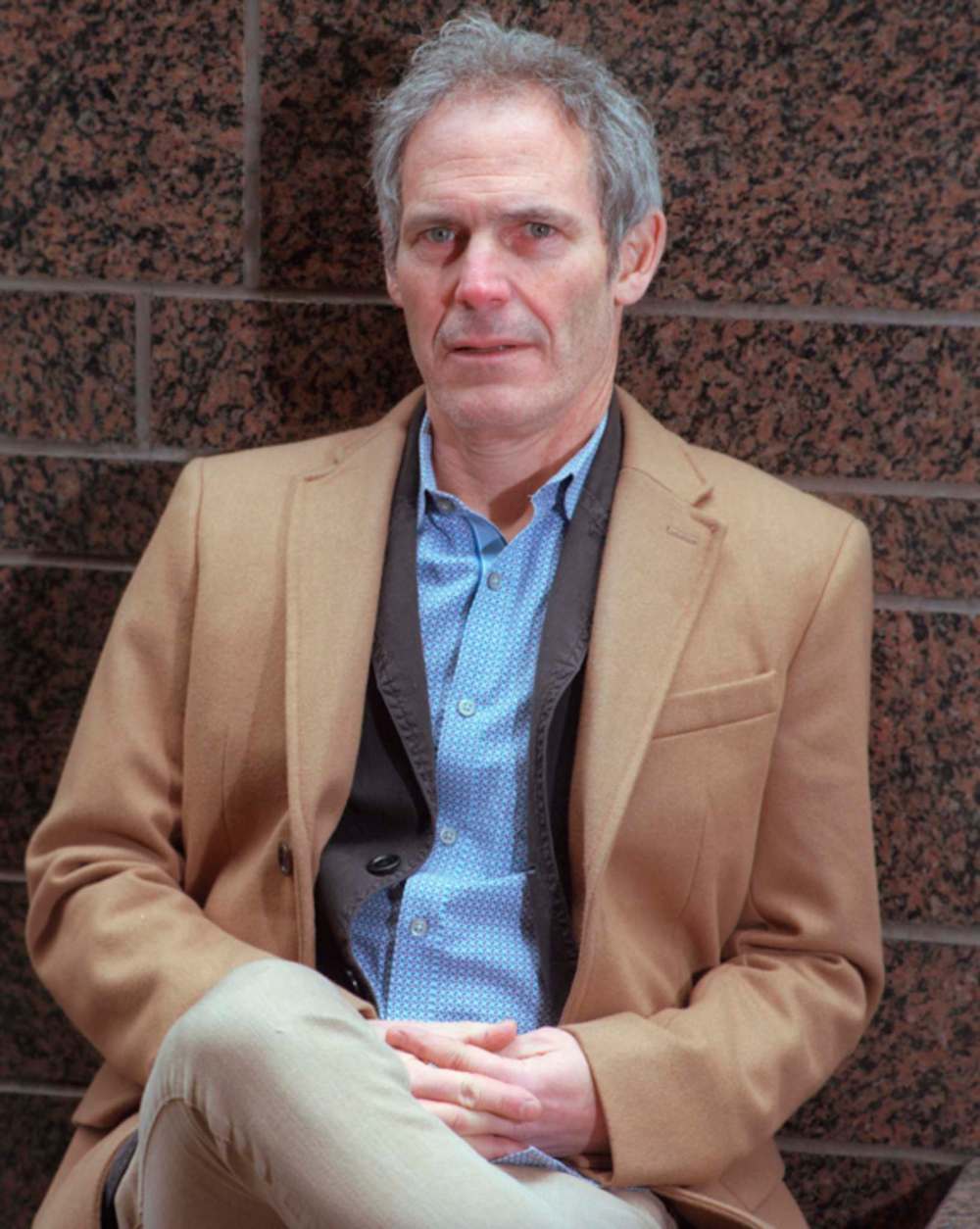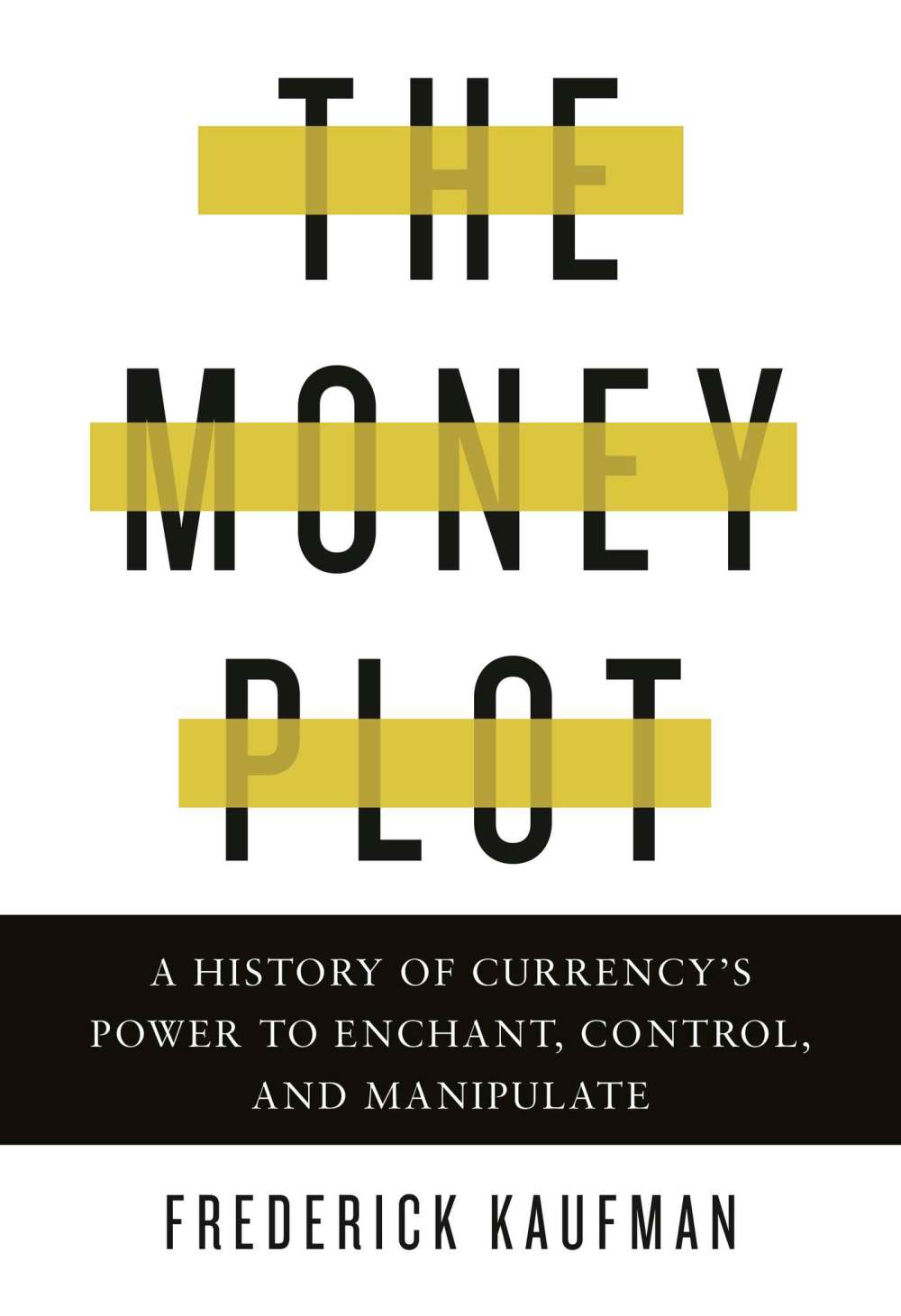Dollar drama
New book explores money, literature's intertwined evolution, arguing only we can change the narrative for a more equitable future
Advertisement
Read this article for free:
or
Already have an account? Log in here »
To continue reading, please subscribe:
Monthly Digital Subscription
$0 for the first 4 weeks*
- Enjoy unlimited reading on winnipegfreepress.com
- Read the E-Edition, our digital replica newspaper
- Access News Break, our award-winning app
- Play interactive puzzles
*No charge for 4 weeks then price increases to the regular rate of $19.95 plus GST every four weeks. Offer available to new and qualified returning subscribers only. Cancel any time.
Monthly Digital Subscription
$4.99/week*
- Enjoy unlimited reading on winnipegfreepress.com
- Read the E-Edition, our digital replica newspaper
- Access News Break, our award-winning app
- Play interactive puzzles
*Billed as $19.95 plus GST every four weeks. Cancel any time.
To continue reading, please subscribe:
Add Free Press access to your Brandon Sun subscription for only an additional
$1 for the first 4 weeks*
*Your next subscription payment will increase by $1.00 and you will be charged $16.99 plus GST for four weeks. After four weeks, your payment will increase to $23.99 plus GST every four weeks.
Read unlimited articles for free today:
or
Already have an account? Log in here »
Hey there, time traveller!
This article was published 21/11/2020 (1875 days ago), so information in it may no longer be current.
Money is one of humanity’s more mystifying creations.
It’s universally important in our lives.
And yet, we can’t eat or drink it.

Nor can it keep us warm, or heal us when we’re ill.
But money can procure many of those essentials — because we tell each other it can.
In short, money is an idea, and one New York-based writer has spent the better part of a decade exploring how this human construct has bought its way into the heart of civilization.
Frederick Kaufman is a professor at City University of New York’s English department, and its Graduate School of Journalism.
Also a magazine writer, he has long written about food and culture with articles appearing in Wired and Harper’s. But about a decade ago he became interested why there was a scarcity of this resource when there is undoubtedly enough of it to feed the world.
“I realized what everybody in the global hunger business knows: People don’t go hungry because there isn’t enough food,” says Kaufman in a recent phone interview with the Free Press.
“There is plenty enough food; people go hungry because they can’t afford the food.”
In other words, even though you can’t eat money, it certainly plays a significant role in whether you have a full belly or starve.
The deeper Kaufman delved into unravelling hunger’s causes, the more he realized how money evolved alongside humanity serving as a metaphor or, frankly, a story we tell each other to serve our needs.
It turned out to be a much lengthier investigation than he had at first envisioned.
And so several years later he finished his fourth book, The Money Plot: A History of Currency’s Power to Enchant, Control, and Manipulate.
“I got the book deal on the basis of selling the idea that if the dollar is a fiction — or money is a fiction — then it should act like one.”
And just who are the foremost experts on fiction?
“English professors — the people who actually are experts in metaphor, plot, character and allegory,” he says.
“That set me on this insane seven-year journey … I never thought I’d spend that long on a book.”
The Money Plot was worth the effort.
It is a fascinating exploration of the earliest instances of money — eggshell fragments — to the development of gold coins to the dollar’s latest engineered versions that bloom seemingly endlessly in a digitized, ethereal realm.
As Kaufman points out, money bears all the hallmarks of a good story: fear, greed, tragedy and dreams come true.
Curiously, every key stage in its development happens to be a turning point in storytelling.
Released in November — Financial Literacy Month — arguably no book could better embody the notion than The Money Plot.
Of course, Kaufman’s book is not going to help you save for retirement, budget better or secure your dream home.
But if you’ve ever wondered how one of humanity’s most important creations is on the one hand a piece of fancily decorated paper and, on the other, an invisible overlord ruling our lives, it’s an insightful read.

Kaufman writes about how some of the first instances of written language were found in ancient Mesopotamia (Iraq and Syria today) on hieroglyphic legers accounting for the goats, cows, slaves, wives, grain and other stores of wealth owned by Sumerian kings.
In other words, written language appears to have evolved out of the need to account for ancient versions of wealth, recreated in symbolic form (much like money).
As Kaufman argues from The Money Plot’s first pages, the cash of today isn’t all that philosophically different from beads made from prehistoric ostrich eggshells used to ward off bad fortune.
After all, what are retirement savings other than a means to do just that?
“This is the elemental basis of money — something that gives you status and security for the future,” he says.
And how money is perceived at different points in history is often linked to new storytelling forms emerging in parallel.
For example, the U.S. flourished, eventually becoming the world’s financial centre, over the last 150 years while a fictional narrative emerged that permeates the American psyche. That’s the captivity narrative. As Kaufman argues, this narrative style comes in handy when trying to understand important changes to how society perceives and uses money.
Consider the U.S.’s official shift from the gold standard to fiat currency in 1971. As Kaufman notes the dollar was metaphorically liberated from the gilded cage of the scarce, precious metal.
Freed from its shiny, physical manifestation, money since transformed into an increasingly intangible idea — perhaps more today so than at any point in history.
Kaufman points to the rapid rise of index funds. Essentially lists of stocks and bonds, built upon other lists of stocks and bonds and so on, money has become an “endless metaphor upon metaphor,” he says.
Of course, like the author himself has wondered many times on this quixotic quest, you might too wonder: Why spend seven years plumbing this rabbit hole?
The goal, Kaufman hopes, is to demonstrate that money is a house of meaning we have built, and in turn, that we can renovate, or tear down and construct anew.
“We have the power to tell the story we want, and that we are not necessarily the victims of money.”
Given all the current challenges — from climate change to the pandemic and growing income inequality — now more than ever we need to rethink its plot.
That’s not to say those without money can simply write their own story. Kaufman explains that’s a steep hill to climb given underlying the idea of money is another one: power.
And paradoxically those who without power lack it because they have no money.
But collectively — poor, middle-class and rich — we can rewrite the narrative, he adds.
“If we can point to the idea that money is completely factitious — we’ve created it — then maybe people will feel a little bit better and reformist about it,” Kaufman says.
“Maybe then we can move beyond the inequality of today to a better and more equitable future for everybody on this freakin’ planet.”

